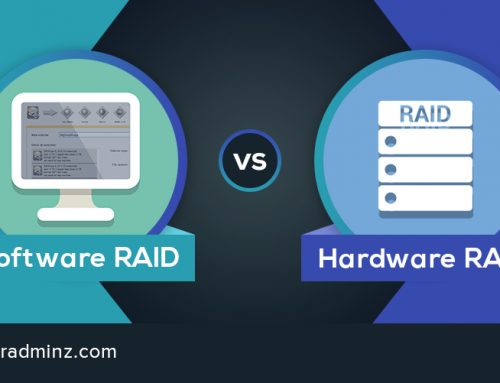
Motorola announced the Atrix smartphone at the Consumer Electronics Show, and while many have been concentrating on its 4G connectivity and clever desktop dock that lets it run a cut-down Linux desktop on a full-sized monitor, nearly everybody has missed something very important.
Among the astonishing specifications, the dual-core Motorola Atrix has a form of virtualization built in, courtesy of Citrix Receiver. This small program allows users to log onto virtualized Windows 7 desktops provided via Citrix XenApp. As such, this is the first implementation of Citrix’s NirvanaPhone vision.
The Atrix really can be a replacement for a desktop; once docked, users can fire up Citrix Receiver and access a Windows desktop provided for them by their employer. All the number crunching is done remotely, and all the phone has to do is display the desktop. In other words, the computing power of the phone isn’t an issue.
Using the Atrix in this way points to a possible future scenario where cell phones act as a cloud computing bridge device. Here’s how we might work in just a few years’ time:
John Smith uses his phone while on a flight to check his e-mail via the built-in OS. When the plane lands, he stops off in the lounge and sits in front of what appears to be little more than a keyboard, monitor, and mouse. He pulls out his phone and starts an app that connects to the hardware wirelessly and, after tapping in his password, the monitor comes alive with a desktop version of his phone’s operating system.
In Video: We Demo the Motorola Atrix
He could browse the Web if he wanted, but instead he fires up his virtualization client and, within seconds, is presented with a Windows desktop provided by his employers, and hosted within the cloud. He’s able to start Microsoft Word, check his e-mails in Outlook, and do just about any task. There’s no data security risk because no data is being stored on his phone; he’s merely using it to view a virtualized desktop across the Internet.
Once he’s back in the office, John again uses what appears to be a slim notebook computer on his desk. It, too, has a keyboard and display built in. This system is configured so that he doesn’t even have to take the phone out of his pocket–the desktop terminal detects the presence of his phone automatically and, because he’s within the safe confines of his workplace, he has previously configured his phone to run the virtualization client and log in automatically.
Later on, John takes his “laptop” with him to a meeting with a client, where he’s able to use it to make notes.
All of this makes perfect sense and the technology required is here right now. Such a system makes the phone the single most important item of personal IT, but from a corporate IT point of view it makes even more sense: It avoids any cloud security issues because data is never held on the phone at any time. All John Smith ever does is use his phone to access data or even entire operating systems contained elsewhere. If the phone is lost or stolen, then it’s unfortunate but not a disaster.
Whether we’ll ever see setups like this become commonplace is open to debate. Like many industries, corporate IT can be very conservative in nature. That’s what’s accounted for the success of Microsoft Windows for all these years. However, crucially, this system would tie into traditional technology like Windows. We’re not talking about reinventing the wheel. We’re just making it a little larger and more encompassing.
What do you think? Could this work? Would you enjoy using such a system?
Check out our complete coverage of CES 2011.
Keir Thomas has been writing about computing since the last century, and more recently has written several best-selling books. You can learn more about him at
http://keirthomas.com
and his Twitter feed is
@keirthomas
.





Leave A Comment
You must be logged in to post a comment.